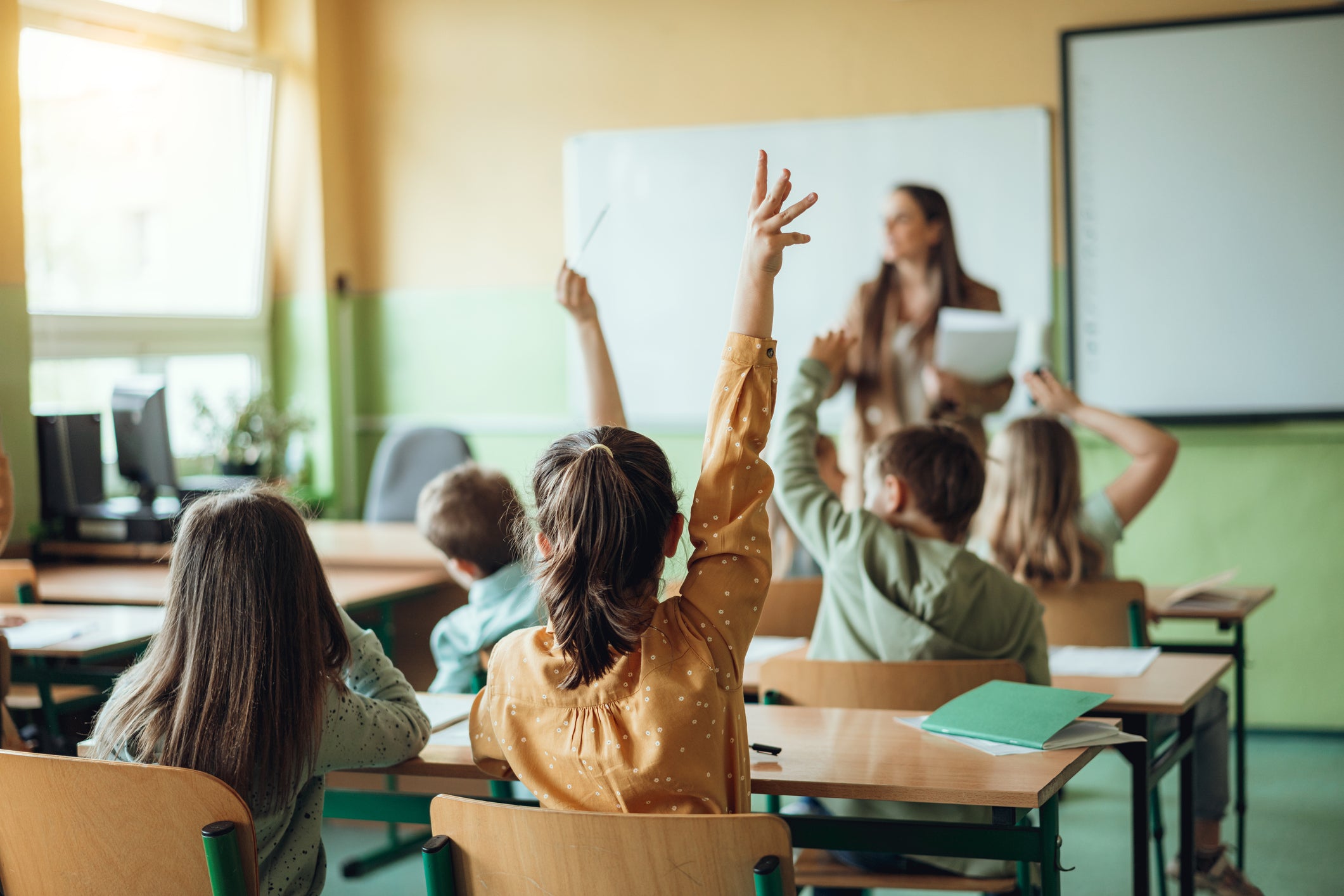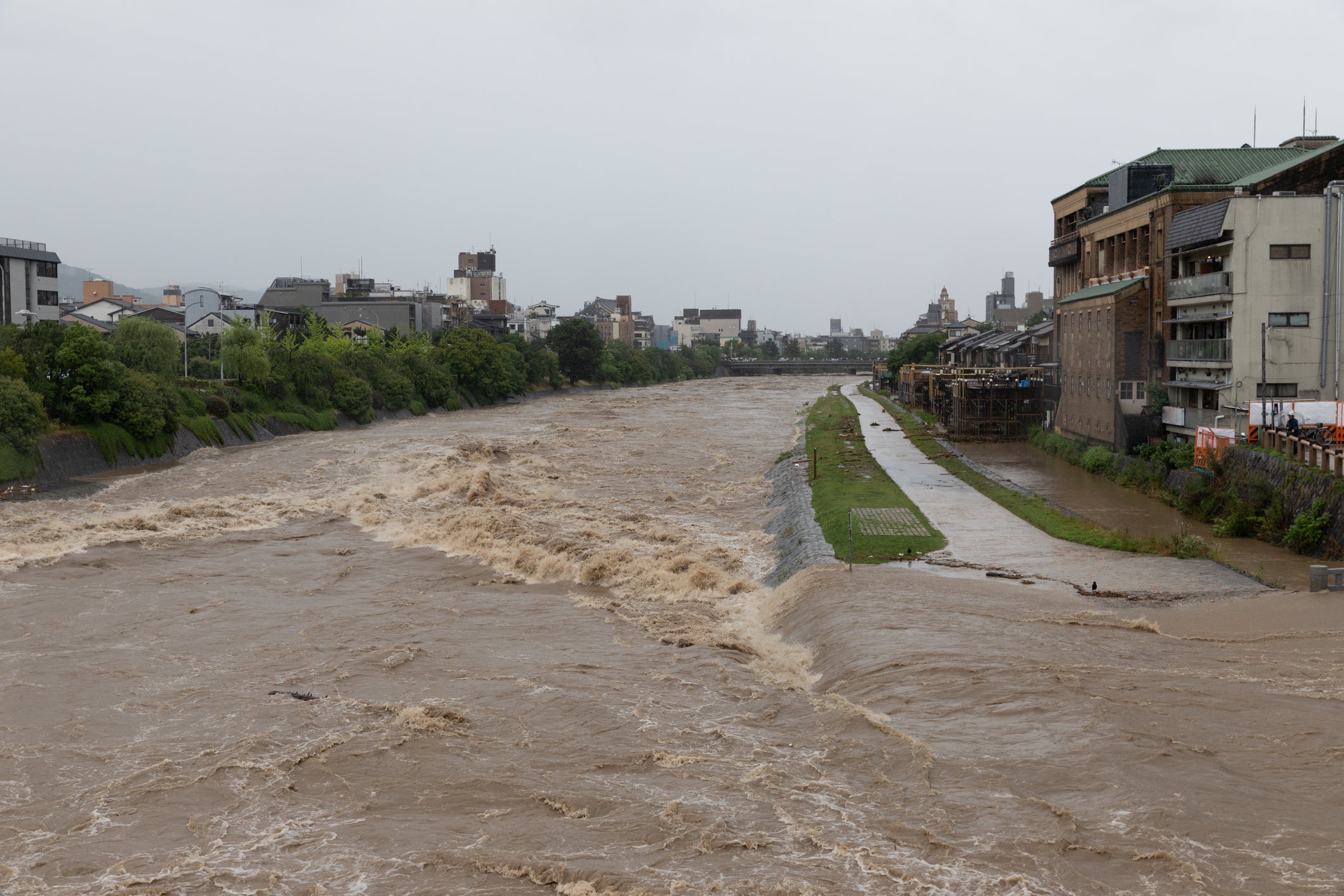Efforts to raise disaster prevention awareness in schools
table of contents
Introduction
1. Strengthening disaster prevention education
2. Implementation of evacuation drills
3. Development of disaster prevention facilities
4. Cooperation with the community
summary
Introduction
Natural disasters such as earthquakes, floods, and typhoons occur frequently around the world. Schools play an important role in preparing for these disasters. Examples of efforts to raise awareness of disaster prevention at schools include strengthening disaster prevention education, conducting evacuation drills, and developing disaster prevention facilities. This article introduces some concrete examples and emphasizes the importance of raising disaster prevention awareness in schools.
1. Strengthening disaster prevention education
1-1 Incorporation into the curriculum
Disaster education is an important element that should be incorporated into school curricula. In each grade and subject of school education, time is set aside to learn basic knowledge and appropriate action guidelines regarding disasters such as earthquakes, floods, and typhoons. For example, we provide specific guidance on how to evacuate under a drop cover or table in the event of an earthquake, how to check evacuation routes, and how to prepare emergency food.
1-2 Use of school libraries and materials
Utilize the school library and the Internet to provide students with access to disaster information and materials. We will prepare books, video materials, and related websites related to disasters, and provide opportunities for students to learn independently. In addition, sharing the latest disaster information and news about disaster prevention measures will increase the interest of students.
1-3 Implementation of practical activities
Rather than simply learning knowledge, we foster awareness of disaster prevention through practical activities. Examples include conducting disaster simulations, group discussions, and simulated evacuation drills. This allows students to experience appropriate behavior in situations close to real disaster situations and build confidence.
1-4 Holding events and campaigns
Schools may also hold events and campaigns to raise disaster awareness. For example, holding disaster preparedness week and disaster preparedness fairs, holding poster contests and essay contests on disaster preparedness. This gives students the opportunity to think and be actively involved in disaster preparedness in creative ways.
1-5 Training for teachers
It is important that teachers themselves receive training to improve their knowledge and skills related to disaster risk reduction. The quality of disaster prevention education for students can be improved by teachers providing accurate information and providing appropriate guidance.
2. Implementation of evacuation drills
2-1 Planning and preparation
Before conducting an evacuation drill, the school will develop a plan for the evacuation drill. This plan includes the objectives of the exercise, scenarios (earthquake, fire, etc.), evacuation routes, assembly points, division of roles, etc. Confirm evacuation routes and meeting places in advance, and display evacuation routes and install emergency lighting where necessary.
2-2 Implementation of training
On the day of the evacuation drill, we will explain the content and purpose of the drill to the students and teachers. The drills are conducted in the form of simulations, and situations such as earthquakes and fires are assumed. Students and staff are instructed to follow the training and take appropriate action.
2-3 Division of roles
During evacuation drills, faculty members are given specific roles. Roles include teaching staff who take command, guides for evacuation routes, and roles to check the safety of students. Teachers and staff will give accurate instructions to students and support them to evacuate safely.
2-4 Review and improvement
After the evacuation drill, there will be time for reflection. Students and faculty members share what they experienced during the training, what they noticed, and what they could improve. As a result, it is important to understand the effects and issues of the training and consider improvement measures to improve the quality of the next training.
3. Development of disaster prevention facilities
3-1 Preparation of evacuation sites
It is important for schools to prepare evacuation sites. Evacuation sites are places where students, faculty and staff can safely evacuate in the event of an earthquake, flood, or other disaster, and are selected based on local disaster prevention plans. Evacuation sites include safe areas in buildings and schoolyards, and it is important that evacuation routes and evacuation sites are displayed and guided.
3-2 Storage of emergency stockpiles
Prepare a place to store emergency supplies (drinking water, food, first-aid supplies, blankets, etc.) that are necessary in the event of a disaster. These supplies will be stockpiled at evacuation sites and locations that will serve as bases for rescue operations. Stockpiles are regularly inspected, expiry dates are managed, and supplies are replenished.
3-3 Emergency power supply and communication equipment
In schools, it is important to prepare emergency power sources and communication equipment, as electricity and communication may be cut off in the event of a disaster. Prepare emergency power generators, battery-powered lighting equipment, radios, mobile phones, and other communication devices, and use them to communicate information and maintain life in the event of a disaster.
3-4 Inspection and maintenance of disaster prevention equipment
Inspection and maintenance of disaster prevention facilities and equipment is an important activity. Regularly inspect disaster prevention equipment such as fire extinguishers, fire alarms, emergency lighting, and evacuation route signs to ensure that they function properly. In addition, we will respond promptly when repair or improvement of equipment is necessary.
3-5 Raising Awareness for Disaster Prevention
In addition to developing disaster prevention facilities, schools also carry out educational activities to raise disaster prevention awareness. Regularly inform students, faculty and staff of the location and usage of disaster prevention facilities, action guidelines in the event of a disaster, and raise awareness of disaster preparedness.
4. Cooperation with the community
4-1 Importance of cooperation
Collaboration with the community means that the entire community works together to promote safety measures, rather than the school conducting disaster prevention activities alone. Collaborating with community residents and local organizations will enable more effective and comprehensive disaster prevention activities. In addition, by leveraging local leadership and expertise, better countermeasures can be formulated and a quicker response in times of disaster is possible.
4-2 Building a cooperative system
It is important for schools to build a cooperative system in cooperation with local disaster prevention organizations and local governments. We hold regular meetings and discussions with local disaster prevention organizations and local governments to share information, establish contact networks, and coordinate the division of roles. It is also important to incorporate school regulations into local disaster prevention plans and disaster coordination procedures.
4-3 Utilization of local resources
By utilizing local resources, the school's disaster prevention activities will be strengthened. By enlisting the cooperation of local experts, emergency services, fire departments, etc., you can receive support for disaster prevention education and drills, inspection and maintenance of disaster prevention facilities, and so on. The use of local facilities and locations as evacuation sites and training sites will also be considered.
4-4 Community Awareness Activities
It is also important for schools to carry out awareness-raising activities to raise awareness of disaster prevention within the community. You can convey the importance of disaster prevention to local residents by holding lectures and workshops on disaster prevention education and how to respond to disasters, sharing information on disaster prevention, and distributing pamphlets and posters.
4-5 Coordination and support during disasters
In the event of a disaster, the school will cooperate with the community and participate in disaster relief activities. We will provide support according to the needs of the community, such as providing part of the school facilities and equipment as an evacuation center and having students and teachers participate in support activities in the disaster area.
Efforts to raise disaster awareness in schools not only protect the safety of students and teachers, but also bring important benefits. In this article, we will explain in detail the benefits of efforts to raise disaster awareness in schools.
4-6 Ensuring the safety of students and staff
Through efforts to raise awareness of disaster prevention, students and faculty members will acquire the ability to take appropriate actions in the event of a disaster. By conducting evacuation drills and disaster prevention education, you can act calmly in an emergency and quickly grasp evacuation routes and evacuation sites. This will ensure life and safety in the event of a disaster.
4-7 Strengthening cooperation with the community
Schools can cooperate with local disaster prevention organizations and local governments to improve the disaster prevention capabilities of the entire region through efforts to raise awareness of disaster prevention. Through collaboration, local resources and expertise can be utilized, enabling more comprehensive disaster prevention measures. In addition, a cooperative relationship with local residents will be built, and support and cooperation in the event of a disaster will be carried out smoothly.
4-8 Dissemination of disaster prevention awareness
Through efforts to raise disaster awareness, schools can provide disaster prevention information not only to students and teachers, but also to local residents. Through disaster prevention education and enlightenment activities, it is possible to raise the disaster prevention awareness of the entire region. Spreading awareness of disaster prevention will encourage the entire region to act in preparation for disasters, and reduce disaster risks.
4-9 Providing learning opportunities
Efforts to raise disaster prevention awareness also provide learning opportunities for students. By learning knowledge and skills related to disaster prevention, students will acquire skills to protect themselves and those around them. It is also possible to promote comprehensive learning about disaster prevention through related subjects such as earth science and local history.
4-10 Long-term social contribution
Efforts to raise disaster prevention awareness also lead to the development of the ability of students to contribute to the community and society in the future. Human resources with knowledge and experience in disaster prevention can play an important role in the formulation of local disaster prevention plans and support activities during disasters. This is expected to contribute to the strengthening of the disaster prevention system of the entire region and the sustainability of society.
summary
There are a wide range of examples of efforts to raise awareness of disaster prevention at schools, but strengthening disaster prevention education, conducting evacuation drills, developing disaster prevention facilities, and collaborating with communities are particularly important. Through these efforts, students will be able to act calmly in times of disaster and protect themselves and those around them. Schools also play a role as bases for preparing for disasters in the community, so it is important to work on improving awareness of disaster prevention while building cooperative relationships with local communities.
As a merit, efforts to raise awareness of disaster prevention in schools not only ensure the safety of students and teachers, but also bring many benefits such as strengthening cooperation with the community, spreading disaster prevention awareness, providing learning opportunities, and contributing to society in the long term. Masu. Schools are required to actively raise disaster awareness and provide a safe and sustainable learning environment.








